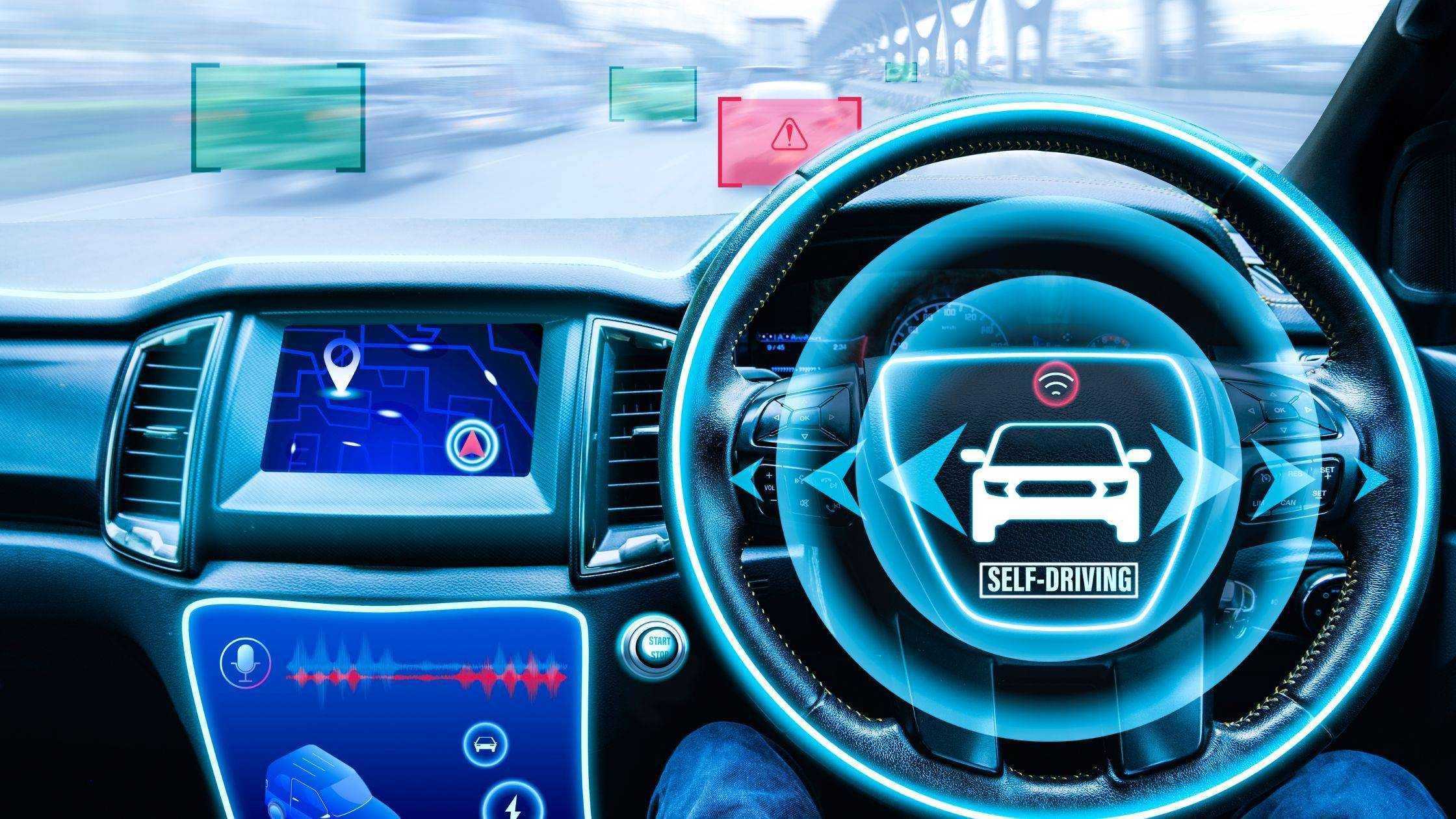
The automotive industry has always been at the forefront of technological advancements, constantly pushing the boundaries of what is possible. In recent years, the convergence of various technologies has resulted in a remarkable transformation in the automotive landscape. From autonomous vehicles to electric powertrains, automotive technology is reshaping the way we move and revolutionizing the concept of mobility. This article explores the key innovations and trends in automotive technology that are shaping the industry’s future.
Electric Vehicles: Driving Towards a Sustainable Future
Electric vehicles (EVs) have emerged as a significant driving force in the transition towards a sustainable future. With advancements in technology and growing environmental concerns, EVs offer a promising solution to reduce greenhouse gas emissions, combat climate change, and promote energy efficiency. This discussion will delve into the key aspects of electric vehicles and their role in shaping a sustainable future.
A. Battery Technology Advancements: This subheading focuses on the advancements in battery technology, such as improved energy density, faster charging capabilities, and increased lifespan of batteries.
B. Extended Driving Range: Here, the discussion revolves around the efforts to increase the driving range of electric vehicles (EVs) to eliminate range anxiety and make them more practical for everyday use.
C. Expanding Charging Infrastructure: This subheading explores the development and expansion of charging infrastructure, including public charging stations, home charging solutions, and fast-charging networks to support the widespread adoption of EVs.
D. Cost Reduction and Affordability: This section discusses the ongoing efforts to reduce the production costs of EVs, making them more affordable and accessible to a wider range of consumers.
Autonomous Vehicles: The Road to Driverless Mobility
Autonomous vehicles (AVs) are revolutionizing the transportation industry and paving the way towards driverless mobility. With the rapid advancements in technology, AVs offer numerous benefits, ranging from improved safety and increased efficiency to enhanced accessibility. This discussion will explore the key aspects of autonomous vehicles and their potential impact on the future of transportation.
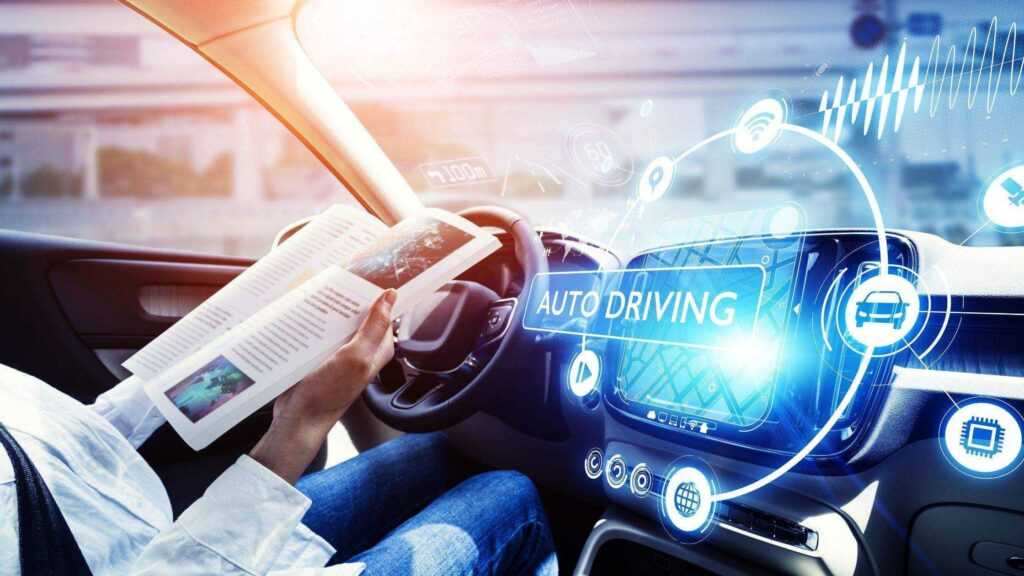
A. Levels of Automation: This subheading introduces the levels of automation in vehicles, ranging from basic driver assistance features to fully autonomous systems, and explains the capabilities and limitations of each level.
B. Sensor Technologies: Here, the focus is on the various sensor technologies, such as lidar, radar, and cameras, that enable autonomous vehicles to perceive their surroundings and make informed decisions.
C. Artificial Intelligence and Machine Learning: This section explores the role of artificial intelligence (AI) and machine learning (ML) algorithms in autonomous vehicles, including perception, decision-making, and planning.
D. Safety and Regulatory Challenges: This subheading highlights the challenges related to safety regulations, liability concerns, and the need for standards and guidelines to ensure the safe deployment of autonomous vehicles on public roads.
Connected Cars: A New Era of Intelligent Transportation
Connected cars represent a new era of intelligent transportation, where vehicles are equipped with advanced communication and computing capabilities. By connecting vehicles to each other, to infrastructure, and to the internet, connected cars enable a wide range of benefits and innovative services. This discussion will delve into the key aspects of connected cars and their potential to transform the transportation landscape.
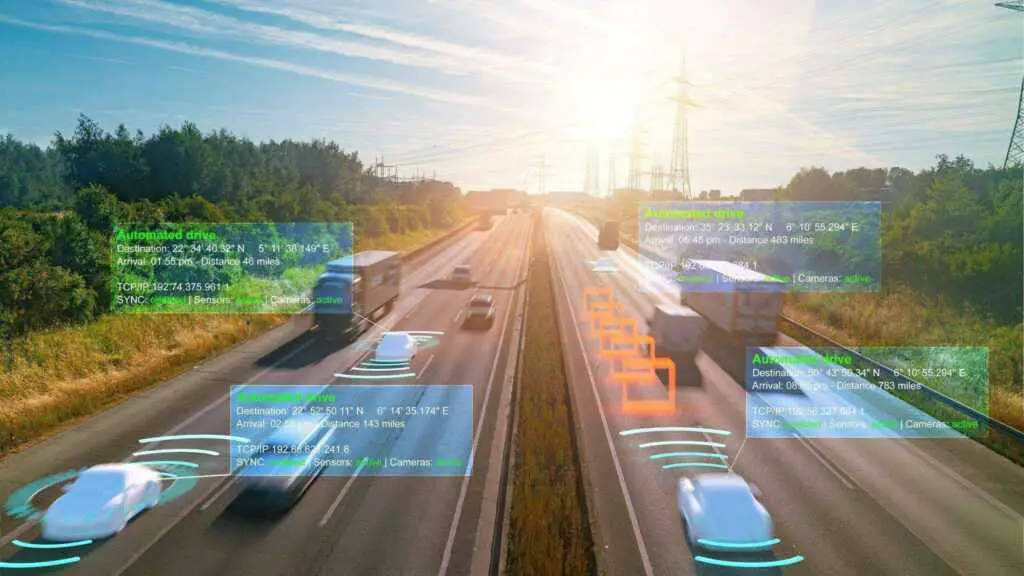
A. Vehicle-to-Vehicle (V2V) Communication: This section explains how vehicles can communicate with each other to exchange information regarding their speed, position, and intentions, enhancing safety and enabling cooperative driving.
B. Vehicle-to-Infrastructure (V2I) Communication: Here, the focus is on the communication between vehicles and the surrounding infrastructure, such as traffic signals and road sensors, enabling real-time data exchange and optimizing traffic flow.
C. Enhanced Safety Features: This subheading discusses the safety benefits of connected cars, including features like collision warnings, emergency braking, and traffic congestion alerts.
D. Data Collection and Analytics: This section explores how connected cars generate vast amounts of data, which can be utilized for predictive analytics, traffic management, and infrastructure planning.
Augmented Reality: Enhancing the Driving Experience
Augmented reality (AR) is a technology that overlays digital information onto the real world, enhancing the driving experience and providing valuable information to drivers. By blending virtual elements with the physical environment, AR has the potential to improve safety, navigation, and overall convenience while driving. This discussion will explore the key aspects of augmented reality in the context of the driving experience.

A. Head-up Displays (HUDs): This subheading explains how HUDs project relevant information, such as speed, navigation instructions, and warnings, onto the windshield, reducing driver distraction and improving situational awareness.
B. Augmented Navigation Systems: Here, the focus is on using augmented reality to overlay navigation instructions and real-time information onto the driver’s view, enhancing the accuracy and clarity of directions.
C. Virtual Assistants and Voice Control: This section explores the integration of virtual assistants, like voice-activated systems, allowing drivers to control various functions, access information, and receive assistance while keeping their eyes on the road.
D. Gesture Recognition: This subheading discusses the use of gesture recognition technology to control in-car systems and functions, allowing drivers to interact intuitively with the vehicle without physical contact.
Advanced Driver Assistance Systems (ADAS): Enhancing Safety
Advanced Driver Assistance Systems (ADAS) are a suite of technologies designed to enhance the safety of vehicles and reduce the likelihood of accidents. ADAS encompasses a range of features that utilize sensors, cameras, and advanced algorithms to assist drivers in various driving tasks. This discussion will delve into the key aspects of ADAS and its role in enhancing safety on the roads.
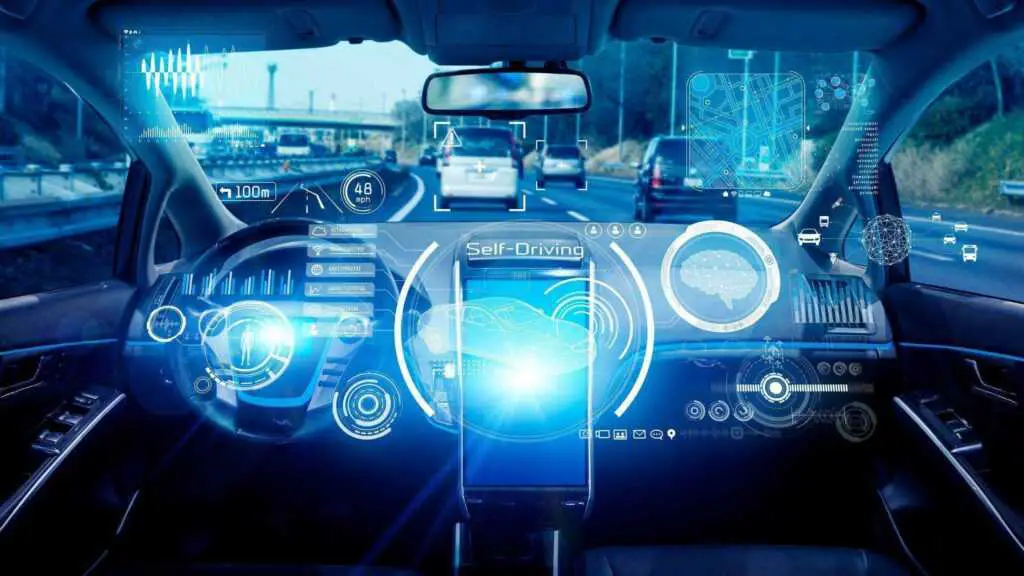
A. Adaptive Cruise Control: This section explains how adaptive cruise control maintains a safe distance from the vehicle ahead, automatically adjusting the speed to match the traffic flow.
B. Lane Departure Warning and Lane Keep Assist: Here, the focus is on systems that monitor lane markings and provide warnings or gentle steering interventions to prevent unintentional lane departures.
C. Blind Spot Detection: This subheading discusses the use of sensors and cameras to detect vehicles in the blind spots and provide visual or audible alerts to avoid collisions during lane changes.
D. Collision Avoidance Systems: This section explores technologies like automatic emergency braking and forward collision warning that help detect imminent collisions and apply the brakes or provide warnings to prevent accidents.
Vehicle-to-Everything (V2X) Communication: Enabling Smart Cities
Vehicle-to-Everything (V2X) communication refers to the exchange of information between vehicles and various elements in the transportation ecosystem, including infrastructure, pedestrians, cyclists, and other vehicles. By enabling this communication, V2X technology has the potential to transform cities into smart and interconnected environments. This discussion will explore the key aspects of V2X communication and its role in enabling smart cities.
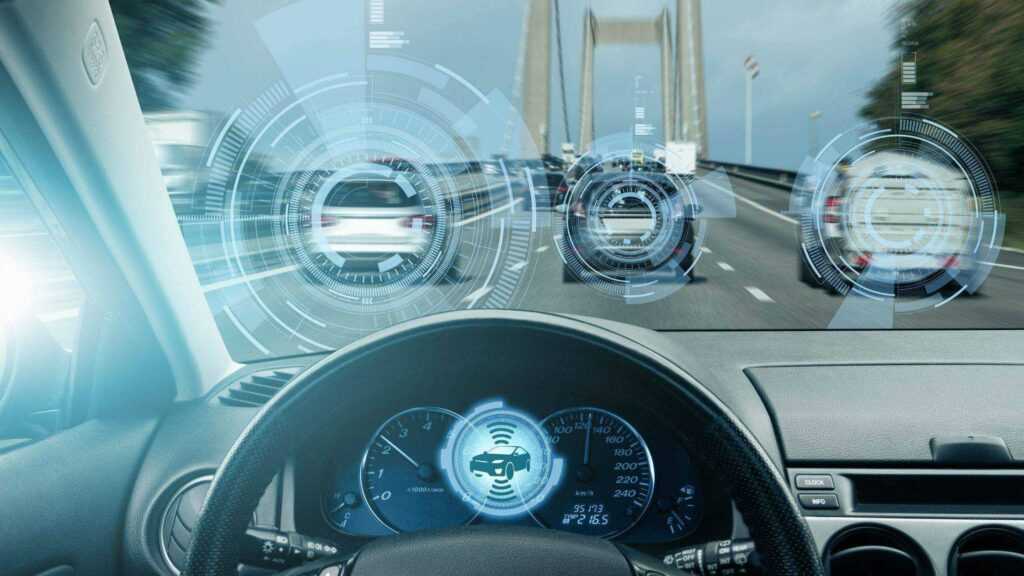
A. Intelligent Traffic Management: This subheading highlights how V2X communication can facilitate real-time traffic monitoring, congestion management, and optimized traffic signal control, improving overall traffic efficiency.
B. Smart Parking Solutions: Here, the focus is on utilizing V2X communication to enable real-time parking space availability, reservation systems, and guidance to reduce congestion and enhance the parking experience.
C. Optimized Routing and Traffic Flow: This section explores how V2X communication can provide drivers with dynamic route guidance, considering real-time traffic conditions, road incidents, and other relevant data.
D. Energy Efficiency and Emission Reduction: This subheading discusses how V2X communication can contribute to reducing fuel consumption and emissions by optimizing traffic flow, minimizing congestion, and facilitating eco-driving practices.
Lightweight Materials and Aerodynamics: Improving Efficiency
Lightweight materials and aerodynamics play a crucial role in improving the efficiency of vehicles, whether they are conventional internal combustion engine (ICE) vehicles or electric vehicles (EVs). By reducing weight and improving aerodynamic performance, vehicles can achieve better fuel economy, reduce emissions, and extend the range of electric vehicles. This discussion will delve into the key aspects of lightweight materials and aerodynamics in improving vehicle efficiency.

A. Carbon Fiber Reinforced Polymers (CFRP): This section explains how lightweight and high-strength materials like CFRP are being used to reduce the weight of vehicles, resulting in improved fuel efficiency and range for electric vehicles.
B. Aluminum and High-Strength Steel: Here, the focus is on the utilization of aluminum and high-strength steel alloys to achieve a balance between weight reduction, safety, and structural integrity.
C. Streamlined Designs and Active Aerodynamics: This subheading discusses the importance of aerodynamic designs and technologies like active grille shutters and adjustable spoilers, which minimize drag and optimize airflow for improved efficiency.
D. Reduced Weight and Improved Fuel Efficiency: This section explores how the adoption of lightweight materials and aerodynamic enhancements contribute to reducing energy consumption, improving fuel efficiency, and lowering emissions.
FAQs on Modern Automotive Technology
- Q: What is modern automotive technology? A: Modern automotive technology refers to the advanced systems, features, and components integrated into vehicles to enhance safety, efficiency, performance, and connectivity.
- Q: What are some examples of modern automotive technology? A: Examples include advanced driver-assistance systems (ADAS), electric and hybrid powertrains, connectivity features (like infotainment systems and smartphone integration), autonomous driving technologies, and advanced materials for lightweighting.
- Q: How does advanced driver-assistance systems (ADAS) work? A: ADAS uses sensors, cameras, and radar to monitor the vehicle’s surroundings and assist the driver in various ways, such as collision avoidance, lane keeping, adaptive cruise control, and parking assistance.
- Q: What are the benefits of electric and hybrid powertrains? A: Electric and hybrid powertrains offer benefits like improved fuel efficiency, reduced emissions, regenerative braking (which charges the battery), and the potential for zero-emission driving in fully electric vehicles.
- Q: What is autonomous driving technology? A: Autonomous driving technology enables vehicles to operate without human intervention. It utilizes a combination of sensors, cameras, artificial intelligence, and advanced algorithms to perceive the environment and make driving decisions.
- Q: How do infotainment systems enhance the driving experience? A: Infotainment systems provide a centralized interface for various functions, including navigation, music streaming, hands-free calling, and smartphone integration. They offer convenience, entertainment, and connectivity to make the driving experience more enjoyable.
- Q: What is lightweighting in modern automotive technology? A: Lightweighting refers to the use of advanced materials, such as carbon fiber composites and aluminum alloys, to reduce a vehicle’s weight. This helps improve fuel efficiency, performance, and handling.
- Q: Can modern automotive technology improve vehicle safety? A: Yes, modern automotive technology plays a crucial role in improving vehicle safety. Features like advanced braking systems, blind-spot monitoring, forward collision warning, and automatic emergency braking help prevent accidents and reduce the severity of collisions.
- Q: How does vehicle connectivity impact modern automotive technology? A: Vehicle connectivity enables features like remote vehicle monitoring, over-the-air software updates, integration with smartphones and smart home devices, and access to cloud-based services. It enhances convenience, safety, and personalized driving experiences.
- Q: Are there any downsides to modern automotive technology? A: While modern automotive technology brings numerous benefits, there can be challenges. These include increased complexity, potential cybersecurity risks associated with connected systems, and the need for specialized training and tools for maintenance and repairs.
Conclusion:
The automotive industry is undergoing a rapid and transformative evolution driven by groundbreaking technological advancements. Electric vehicles are becoming increasingly popular as battery technology improves, driving range increases, and charging infrastructure expands. Autonomous vehicles are on the horizon, promising a future of driverless mobility, albeit with significant regulatory and safety challenges. Connected cars are creating a new era of intelligent transportation, improving safety and enabling data-driven decision-making. Augmented reality and advanced driver assistance systems are enhancing the driving experience and mitigating risks on the road. Vehicle-to-everything communication is enabling smart cities and revolutionizing urban mobility. Lightweight materials and aerodynamic designs are improving efficiency and reducing environmental impact. With each innovation, automotive technology is shaping a future where transportation is safer, greener, and more connected than ever before.
